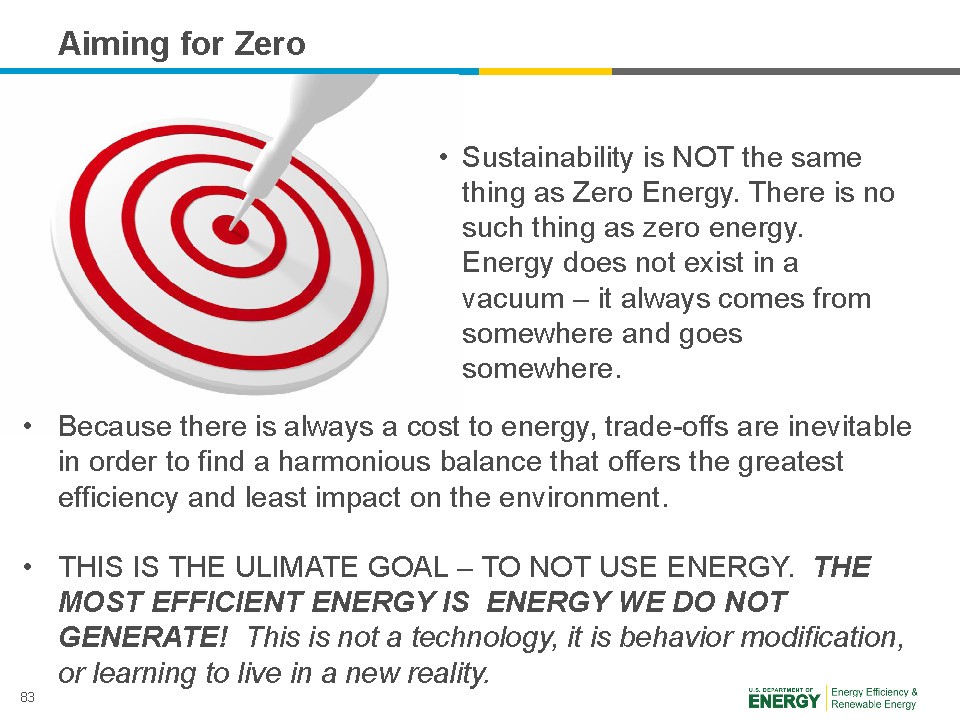How To Implement Smart Tax Planning Strategies
Post on: 6 Апрель, 2015 No Comment

Smart Tax Planning Will Save You Money
Tax Planning for Retirement. Andersen Ross/Blend Images/Getty Images
Tax Planning Starts With Understanding Tax Brackets
In order to reduce taxes, you must understand how the tax brackets work. If you’re not sure, first view the 2014 tax rates .
Here’s a quick primer; an example for married couples filing jointly (2014 rates):
- Every dollar of taxable income between 0 and $18,150 is taxed at a 10% rate.
- Every dollar between $18,151 and $73,800 is taxed at 15%.
- Every dollar of taxable income over $73,801 and up to $148,850 is taxed at 25%.
Next, Put Together a Tax Projection
Once you understand how the tax brackets work, you must do a tax projection before the end of each year. This projection is an estimate of what you think your taxable income will be. This estimate is necessary for you to determine which strategies will work best for you.
If your taxable income will be $74k or higher, read on to find ways to drain income from the top brackets. If your taxable income will be $74k or lower, read below to learn why you want to be sure to fill up the bottom tax brackets.
Taxable Income Over $74k Married/$37k Single — Drain Income From The Top Tax Brackets
High income filers want to find ways to drain income from the top tax brackets.
Example: Using the tax brackets at the top of this article, for a married couple, if you had $82,500 of taxable income, the top $8,700 of that income will be taxed at 25%. You will pay $2,175 of tax on that $8,700 of income.
Use the following ideas to shift income to a lower bracket:

- Rearrange your investments to reduce taxable income. You want investments that generate interest income inside retirement accounts, and investments that generate capital gains and losses outside of retirement accounts.
- Take less money from retirement accounts in years where other sources of income are higher.
- Realize capital losses to offset capital gains.
- For high income earners, make deductible contributions to retirement plans. This makes great sense if you fall in the 33% or 35% tax bracket. Why? Most likely when you retire, and begin taking withdrawals, your tax bracket will be lower, in the 15% to 28% range. If you can deduct money today at 35%, and pay tax later at 15%, that results in big savings.
- Bundle expenses to maximize itemized deductions .
- Increase retirement plan contributions as limits rise. Each October the IRS announces the new contribution limits for 401ks, IRAs, and other retirement plans. Check the 2014 contribution limits. and be sure to adjust your payroll contributions to put the maximum amount into your plans.
- In 2014, for example, the 401(k) contribution limit for those age 50 and older is $23,000.
Taxable Income Less Than $74k Married/$37k Single — Fill Up The Bottom Tax Brackets
- Perhaps you should not contribute to a deductible retirement account. Instead fund a ROTH IRA, or make ROTH contributions to your 401k plan .
- Use low income years to take IRA withdrawals and pay little to no tax. See details about this tax planning strategy below.
- Consider converting your IRA account, or a portion of it, to a ROTH IRA .
Use Low Income Years To Fund Tax Free ROTH Accounts
In years where your taxable income will be low, ROTH IRA or ROTH 401k contributions make sense.
Example: A real estate agent I know routinely made annual tax deductible contributions to her 401k plan. At the end of a slow year, we looked at her tax situation and realized she would be in a low tax bracket that year.
It made no sense for her to make a deductible contribution to save 10% in tax now, only to make withdrawals ten years from now, and pay tax at a projected 15% rate then. So she contributed to a ROTH IRA instead of making deductible contributions to her 401k plan.
For Those Age 59 Or Older, Use Low Income Years To Take IRA Withdrawals
After adding up itemized deductions, such as mortgage interest and health care expenses, some retirees have more deductions than income. In years where this occurs, this can be a great opportunity to withdraw funds from retirement accounts and pay tax at only the 10% or 15% rate.
Instead, many retirees follow conventional wisdom, and let tax deferred accounts grow until they are forced to take required minimum distributions at age 70 .
If you wait until age 70 , the required minimum distribution may be large enough that the extra income than shifts you into the 25% tax bracket.
By taking withdrawals in years where taxable income is low, you can potentially avoid paying an extra 10%-15% tax on withdrawals later down the road.














